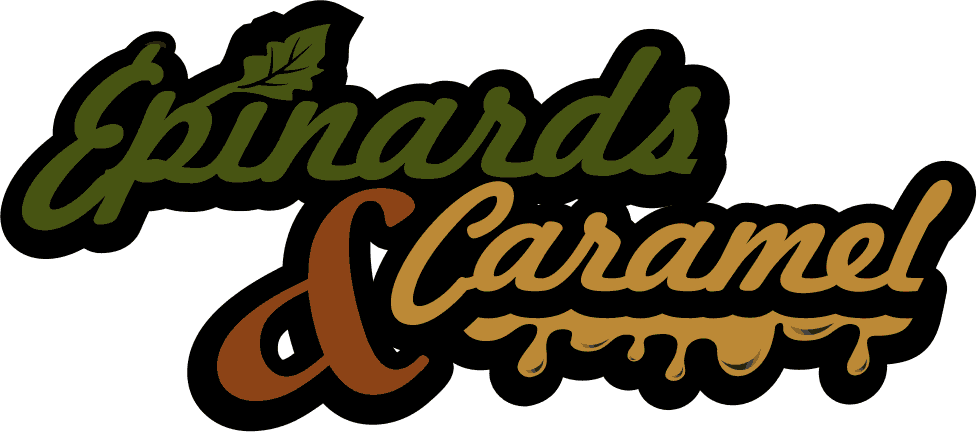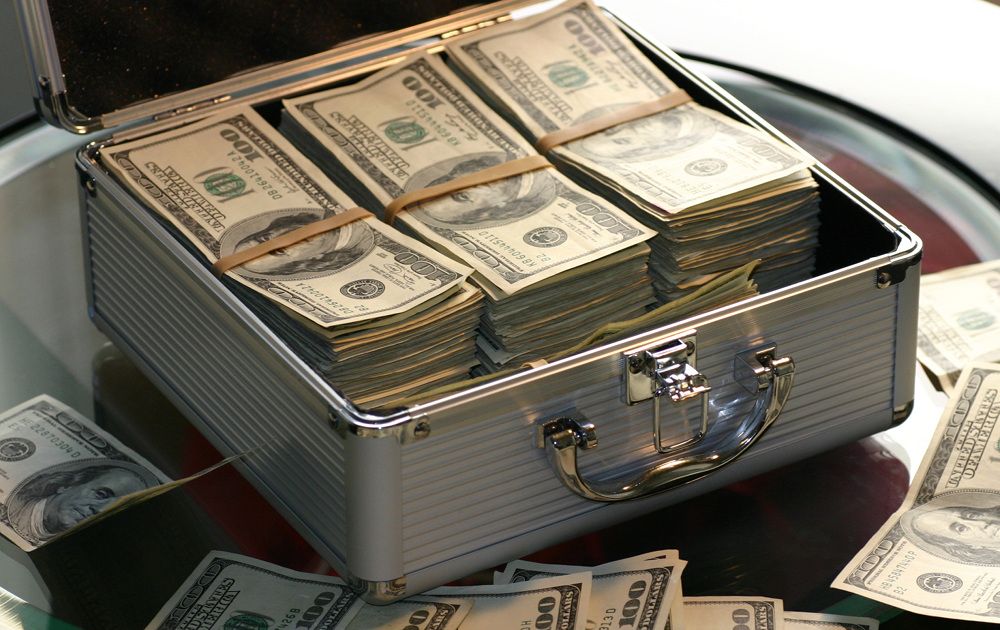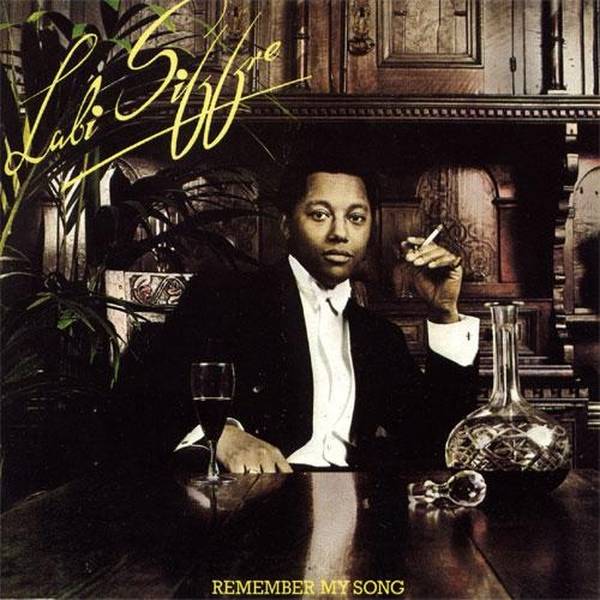Table des matières

Here's my account of the first three sessions of TED, 2011 edition. I'll just expand on the things I've tweeted, so the writing style might be a bit telegraphic.
Session 1: Monumental
TED2011 starts ! The set looks very simple this year, yet beautiful. Some audience members are behind the speakers, which is a little bit distracting. The theme of the set is space, and TED starts with an intervention recorded from the International Space Station !
Janna Levin spoke first, about black holes and the sounds we think they make. Today I learned that "you can't hide behind a black hole".
David Brooks spoke next, and gave and interesting and funny talk. He mentioned Douglas Hofstadter, I'd love to see him at TED.
Eric Whitacre (@ericwhitacre) showed us that it is possible to create a choir using youtube; the project is called "virtual choir", and Eric premiered "Virtual choir 2.0". It's a beautiful song, and the video is nice, but it would be amazing to be able to navigate through it in 3D, and see each individual video. Oh well, maybe for next year's choir :)
Wadah Khanfar, director general of the Al Jazeera Network, gave us insight into what happened in Tunisia and Egypt, and is still going on in Libya; "Corrupt regimes have lost the power to deceive".
Chris gave the audience standing ovation rules; everyone gets a standing ovation now. :)
Session 2: Majestic
Session 2 really had a majestic start, with "Handspring", a South African Puppet Company, that brought to life a full-size horse puppet.
Sunni Brown, Visualizer and gamestorming, gave a talk in defense of doodling, arguing that drawing prevents our minds from drifting off, when we need to be most concentrated. I'll try explaining that to my boss, next time I'm "caught" doodling in meetings.
Paul Nicklen, a polar photographer for National Geographic, gave an emotional talk about the beauty of the poles, an environment that is at risk of disappearing.
Thomas Heatherwick, an architect, showed some of his work. I was particularly amazed by his beautifully designed power station, a "power park", to make people proud of where their energy comes from.
Next, Bobbie McFerrin gave us a few minutes of improvised music, including some audience participation; it was very odd, but pleasant.
Session 3: Mindblowing
Carlo Ratti, an architect and engineer, showed us a few of his buildings, including one with water in lieu of walls, built in Spain. Carlo showed some great ideas, but my mind wasn't blown, I'm sorry to say; I would have loved to see "flyfire" in action, and was disappointed.
In a short talk, Mattias Astrom showed his company's work, an amazing technology aimed at showing 3D rendering of cities as realistically as possible. It does look better than Google Earth. :)
Next, Aaron Koblin, a "data artist" gave us a short introduction to some of his work, including some amazing projects done using Amazon's "mechanical Turk" engine.
Mike Matas, the mind behind Delicious Library came next, presenting his latest work, an interactive book. Despite being only available on Apple products, the book does look amazing, and gives us a window into what books may look like in the future, with zoomable and geotagged illustrations, and charts and graphs that you can edit !
Homaru Cantu and Ben Roche, both chefs and "molecular gastronomers", owners of the Moto restaurant in Chicago, came on stage next and gave the audience a lot to think about food. They offered some of their creations to the audience, including edible paper, and miracle berries, that change the taste of everything else.
Chris then announced the launch of the TEDed program, which is aimed at younger minds.
The session, and the day ended with Franz Harary, a magician that performed some of his tricks.
Commentaires
Oops, I forgot to mention Chris Anderson talking to Sarah Marquis, who’s walking from Siberia to Antarctica, alone.



